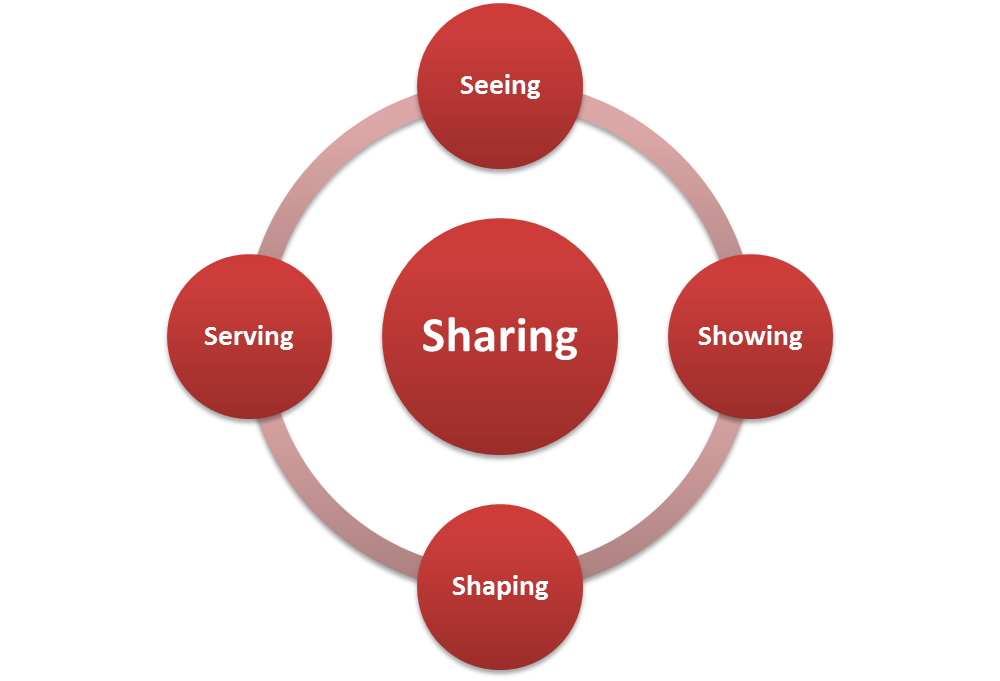The only explanation is leadership
Leadership in the real-world rarely fits exactly into neat theories. The messy reality of the workplace puts a stop to that. Being a leader is seldom easy and always challenging, but it can also be very rewarding. And there is no doubting the value of good leadership to an organization. One Chief Operating Officer makes the point very clearly:
“You take the same company, the same system, and basically the same pay scale, and yet you get tremendously different attitudes among employees from different stores …… The only logical explanation is leadership“
This begs a critical question. If leaders are so important, are we doing enough to help them succeed in such demanding and high-impact roles? Not according to recent reports that suggest a shortage of leadership skills and competence which give considerable cause for concern.
In the U.K., although improved leadership is seen as being crucial to sustainable economic growth, 75% of organizations reported a deficit of leadership skills. And if that isn’t bad enough, 42% of managers rate their own line-manager as ineffective. Similar concerns have been expressed in the U.S. According to one report, nearly 70% of Americans still believe they have a crisis of leadership. What’s more, 70% agree that unless leadership improves, the U.S. will decline as a nation.
But U.S. leadership expert Warren Bennis makes an even stronger point. He thinks good leadership is actually a matter of survival, calling for a “new generation of leaders – leaders not managers.”
Business leadership is also being challenged from another standpoint. Following the global financial crisis, questions of a more fundamental nature are being asked about leadership in our organizations. Some leaders who until recently were praised for their success, have found them-selves under fire for their failures. This criticism has led to a focus on several key issues, including:
- The importance of integrity, to address a loss of confidence in the motivations and actions of some leaders.
- The desirability of more shared leadership throughout organizations, to reduce the damage caused by too much power being concentrated in the hands of too few people.
- The need for a more holistic view of leadership, to help cope with the complexity of the business environment, and the growing importance of relationships between organizations.
Time for a fresh look at leadership?
So there are compelling reasons to re-think leadership, and now is a timely opportunity to do so. There is a clear need for effective leadership, yet there is also credible evidence of a shortage of skilled leaders. And it therefore follows that there must also be a problem in the way we support and develop leaders. Add to that the more fundamental questions raised in the wake of the financial crisis, and the conclusion is obvious: it really is time to take a fresh look at leadership. Of course all leaders and managers need to update and renew their thinking, but to respond to the challenges we’ve outlined above, something more is needed: leaders need to think differently. We can all benefit from thought-provoking insights. But often it’s only by looking at something differently that leaders can get the fresh perspectives and renewed energy they need to make a real impact in their organizations. Which is precisely what this book is about.
Over the years, our work with leaders and managers has given us some fascinating insights into their work. This experience has also filled us with a great sense of respect and of privilege as, time and again we’ve witnessed the talent and commitment of junior, middle and senior leaders and managers. But in listening to how they cope, adapt and succeed, often in very difficult situations, one thing stands out. Leadership may be important and rewarding, but it’s also hard work. So what helps?
As we deliver our workplace programs and workshops, we find that leaders and managers need more than theories, regardless of how good these might be. What helps them most are ideas and insights, sparking fresh thinking and new perspectives. So this has prompted us to ask a different question about leadership:
What might be common to good leadership, but is not commonly practiced?
The answers are in Uncommon Leadership. The practice of leadership is always played out in a particular context. This presents leaders with a choice to make: whether they will be shaped by that context or do the shaping. It’s leaders themselves who must determine how they will respond to the challenges ahead. And in doing so they must shape their own approach to leadership. Uncommon leadership can help you to do this by:
- Offering thought-provoking insights for a fresh perspective on leadership.
- Developing the skills you need to succeed in demanding leadership roles.
- Encouraging you to think differently about the meaning of leadership.
The 5-S Leadership Framework

To help bring all this together, Uncommon Leadership is structured around our 5-S Leadership Framework. Whilst techniques, tools and theories can be useful in leadership development, if we’re not careful they can also be limiting. If we allow our thinking to stay within the confines of theories or models, these can actually end up being counter-productive. What organizations really need are leaders who can help them gain advantage by thinking differently. So our framework is designed to encourage leaders to think differently about five key, leadership themes: seeing; showing; shaping; serving; and sharing.
But this book is not just about leadership, it’s about uncommon leadership. So each of the five chapters also relates one of these themes to an uncommon insight into leadership:
1. Seeing – the sense before it becomes common.
2. Shaping – the organization by turning sense into common sense.
3. Showing – the way by doing the common things uncommonly well.
4. Serving – colleagues and customers through common touch leadership.
5. Sharing – leadership by making it more common.

